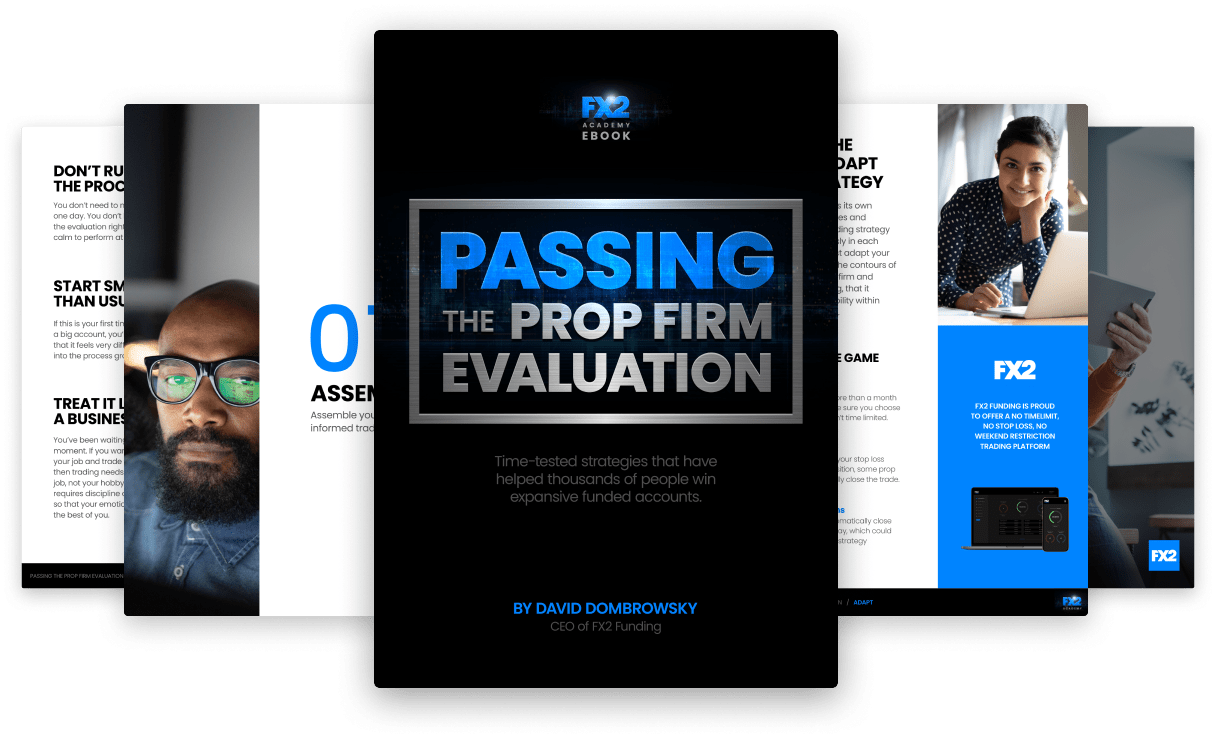Are you interested in algorithmic trading strategies? Read about algo trading definition, benefits, and disadvantages. Find out if it is profitable and legal.
If you want to try the carry trade strategy, check out what it entails and how it works. On the Index Fundings Blog, you can take advantage of the interest rate differential, as we indicate several examples and possible risks.
You'll come across the carry trade method if you study various Forex trading strategies, a system that allows you to capitalize on interest rate differences in the currency market. In its simplest definition, this is a way of investing in high-yield currencies with the difference you borrow from low-yielding ones.
Source: Tradingheroes.com
It's one of the strategies that indicate why interest rates are so essential in FX since a divergence can result in profits or losses that amount to billions. In this article, let's look at how the carry trade strategy works, the best implementation, and the risks involved.
Carry trade is a strategy where you can capitalize on the difference in interest rates of currencies, letting you borrow a low-interest currency to buy another that pays a higher rate. Returns are made on the differences in the interest rates, and you'll need to study updated central bank rates of different countries.
In any given currency pair, you can carry trade in both long or short trades, and the difference between two currencies' interest rates is known as the rate differential. While there are risks, such as the uncertainty of exchange rates, an upside of a carry trade is the chance of a high return.
Source: daytradetheworld.com
Under long-term static currency pair rates, implementing a carry trade can take weeks, months, or even years. For each featured currency, the home country's central bank sets the interest rate to ensure the stability of the financial markets.
It's ideal for the economy that these banks, such as the US Federal Reserve or the EU's European Central Bank, have sufficient liquidity to regulate the financial industry. As a carry trader, your fundamental analysis involves identifying currency pairs forecast to have movements in their exchange rates that favor the high-interest currency.
Various factors can impact interest rates, including economic growth and inflation influenced by a country's monetary policies. A central bank will hike or lower interest rates to support this growth, control consumer prices, and make spending or borrowing money easier.
At other times, a country could be combating inflation, so they'll raise interest rates, encouraging lower consumer spending. The varying interest rates are what a carry trader targets, as there are opportunities to borrow low-interest currencies and invest in high-yielding ones.
Select a currency pair with a significant interest rate spread when you're looking to implement a carry trade strategy. The AUD/JPY and the NZD/JPY pairs have traditionally been considered the most reliable carry trade options.
Source: tradingheroes.com
Being comfortable with interest rate movements is a strategy that makes finding an implementable carry trade strategy for a currency pair easier. As part of your fundamental analysis, target those currencies that give a high yield against those with low yields as part of your test before implementing the strategy.
The carry trade strategy isn't risk-free as you stand a risk to your investment. Especially if you're leveraged or going long on a currency pair. That's because, despite your risk-free interest rate, your trade still faces position risk. As you can lose thousands of pips in hours.
But while loss potential doesn't equal the profits. You can make from wide interest rate differentials; some other primary risks associated with carrying trades include.
Returns from interest rate differentials must exceed adverse exchange rate movements as carry trades are generally unhedged. You will therefore choose a currency pair with a forecast of higher interest rate appreciation relative to the lower interest currency over your chosen time frame.
Doing these forecasts involves selecting suitable combinations of fundamental and technical analysis. Traders typically hold carry trades for the long term.
You'll incur losses from sharp unfavorable market movements, prompting position closes or margin calls. As such, a carry trader should consider implementing trades using substantial leverage to avoid these risk factors.
Source: forextraders.com
Your returns can vary depending on interest rate differential movements when you seek to compound your interest daily or monthly. A widening of the differentials will move in your favor and increase your overall returns. And you can take advantage of this widening in the compounding period.
However, when interest rate differentials narrow, you'll receive lower-than-expected returns in your next interest-compounding period.
Rising interest rates mark the best environment to get into a carry trade. But it can be challenging to sell currencies when rates fall, and a currency depreciates. Your chosen pair must be free from volatility, as losses can outweigh profits with asset depreciation.
To minimize losses during low volatility, see that a currency's value grows or shows little or no change. You'll profit from the currency pairs movement alongside the interest rate differential while receiving daily interest from a swap. Whether your asset is growing or staying the same.

Are you interested in algorithmic trading strategies? Read about algo trading definition, benefits, and disadvantages. Find out if it is profitable and legal.
Explore our tips on swing trading in Forex. Check out swing trading strategy from our experts. Difference between scalping, day trading, and swing trading on the Index Fundings Blog.
Learn more about trend trading and find out strategies for trading using a trend. Strategies for trending market on the Index Fundings Blog.
What is position trading? Positional trading strategies and tips from Index Fundings experts. Check out indicators for positional trading.
Our Index Fundings experts explain the concept of demand and supply. Supply and demand charts, zones, and rules. Check out how to find and trade supply and demand zones.
What is RSI? Read about relative strength index settings and RSI in Forex trading. Discover RSI trading strategies on the Index Fundings Blog.
Are you looking for an easy trading strategy? Explore a simple price action strategy! Read about the horizontal support and resistance level on the Index Fundings Blog.

Notifications